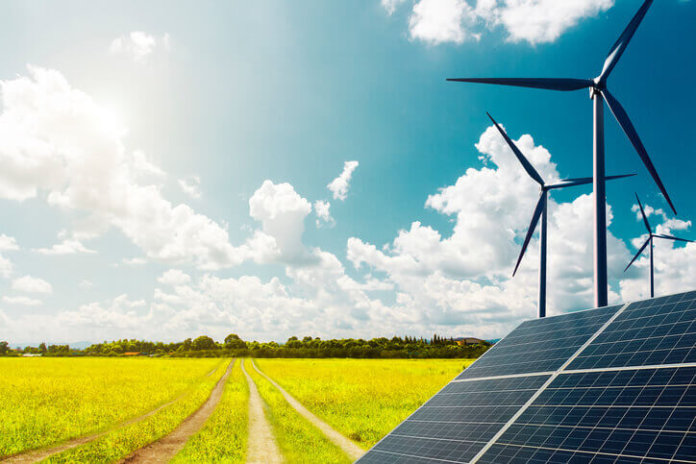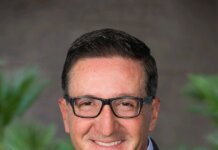Xcel Energy’s vision to deliver 100% carbon-free electricity to customers is now backed by a scientific study, the company says.
Xcel has verified its goals in a newly published report through a partnership with climate scientists at the University of Denver, who have confirmed the vision is consistent with the temperature goals of the Paris climate agreement.
Xcel is on a quest to deliver 100% carbon-free electricity by 2050. In 2018, the company reduced carbon emissions 38% from 2005 levels as it aims to cut carbon emissions 80% by 2030 company-wide. This progress comes as it adds new wind and solar to its energy portfolio while retiring coal plants and transitioning with natural gas.
“We are well-positioned for the future and are focused on putting the right technology and policies in place to make our vision a reality,” says Ben Fowke, chairman, president and CEO of Xcel Energy. “Our 2018 carbon results demonstrate the significant gains we’re making in the transition to clean energy while still maintaining safe, reliable and affordable service for our customers.”
Xcel Energy’s newly published report outlines the path to achieving its carbon reductions, as well as the results of the scientific study. The scientists concluded that the company’s emissions-reduction trajectory under its carbon vision is consistent with electric sector emissions in scenarios likely to achieve the temperature goals of the Paris climate agreement.
In 2018, Xcel Energy cut carbon emissions an additional 3% in one year. According to the U.S. Energy Information Administration, the country’s carbon emissions from the electric power sector increased 2% in 2018. Notably, Xcel Energy’s 600 MW Rush Creek wind farm in Colorado came online last year, representing the company’s largest wind project to date.
Xcel Energy says it studied many pathways for achieving its goals, and the carbon report identifies key elements for reducing carbon emissions 80% by 2030. These elements include as follows:
- Adding thousands of megawatts of wind and solar power to its system;
- Incorporating both natural gas generation and battery storage to help balance high levels of renewables;
- Retiring more coal units or changing coal unit operations to reduce emissions;
- Operating nuclear plants through their licenses;
- Supporting the strategic electrification of certain end uses, such as transportation, to create flexible demand; and
- Investing in critical infrastructure, such as transmission and advanced grid technology, for its distribution system.
Beyond 2030, the company says it will need new carbon-free, 24/7 technologies that are not yet commercially available at the cost and scale required. To serve customers with 100% carbon-free electricity by 2050, Xcel is calling for more research, innovation and demonstration of advanced carbon-free technologies, such as power to gas, seasonal energy storage, advanced nuclear or small modular reactors, carbon capture and storage, deep rock geothermal or other technologies.
Xcel Energy’s carbon report — Building a Carbon-free Future — is available at xcelenergy.com/carbon, along with the full analysis by climate modelers.




